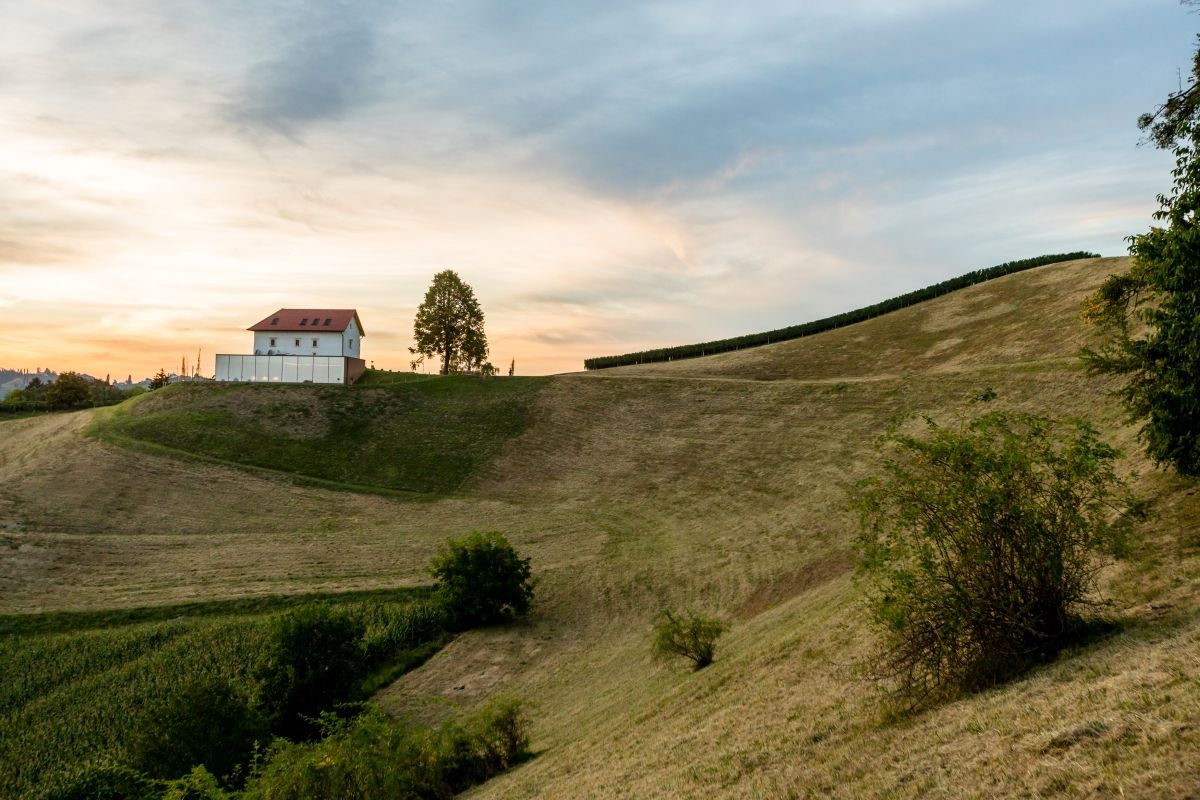When looking for a place to relax, an important factor is to be away from the world’s hustle and bustle. We relax more effectively in a place close to nature, within massive stone walls, and perhaps even regain our peace of mind. It is no coincidence that monks spend their weekdays in similar conditions. The Hiša 1624 boutique hotel evokes this feeling, as Coinhab arhitekti’s colleagues not only renovated the centuries-old building but also complemented it with lavish elements.
Located near the Slovenian–Austrian border, the 400-year-old building once served as a monastery house, the period to which the date in its name refers to. After losing its original function, the building stood empty for a long time and was in danger of collapsing without structural rehabilitation. It was the Leber family, known for their winemaking activities, who have recently decided to undertake the renovation, reimagining the place in collaboration with the Slovenian architectural firm Coinhab arhitekti. An important criterion for both parties was to preserve and even enhance the architectural features of the listed building, and to also add a touch of modernity. The result is certainly impressive, as the reconstruction remains authentic while meeting all modern requirements.


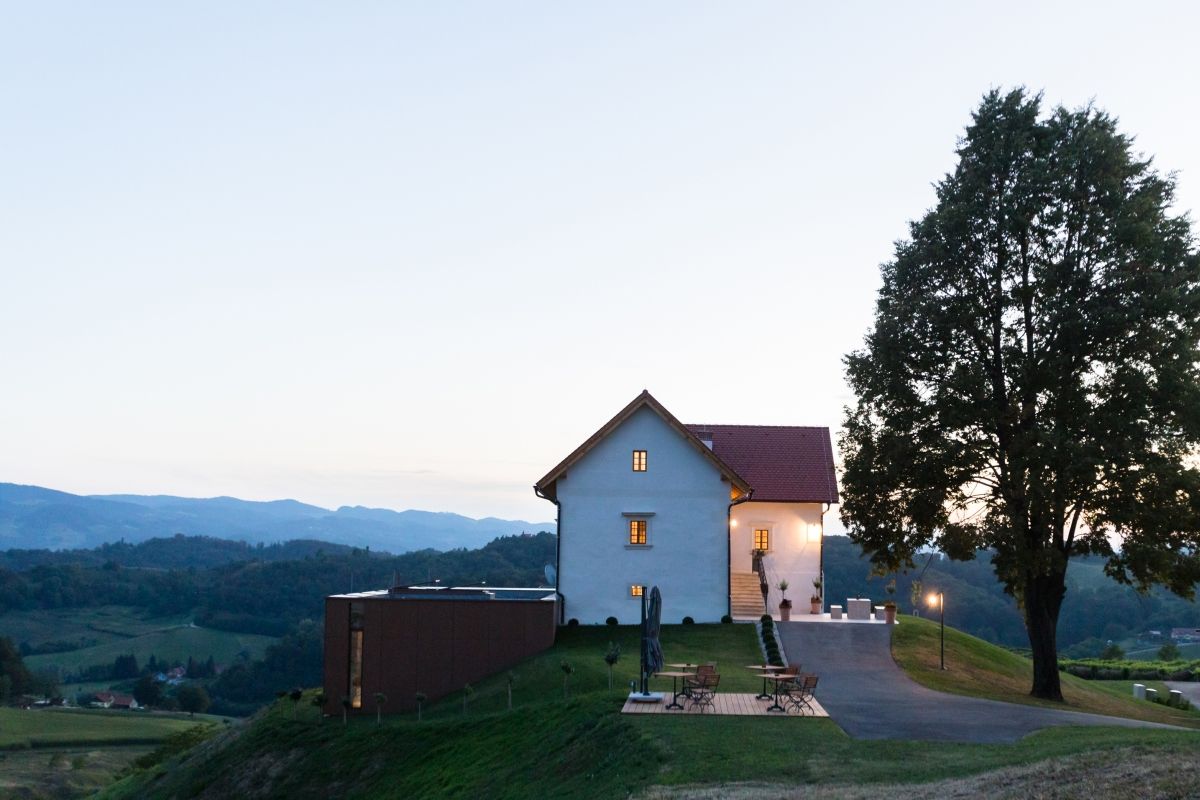
One of the biggest challenges was to accommodate a swimming pool, spa, sauna and other wellness facilities in accordance with the client’s requirements, as it was clear from the initial site visits that the existing dimensions would not allow for this. Thus, the idea of a modern annex to house the above functions was born, with the existing monastery spaces reserved for guest rooms. The modern extension is barely noticeable from the entrance, while its full-wall glazing opens onto the vineyard, thus unifying the exterior and interior spaces. The extension was also necessary from an architectural point of view, as the annex also serves as structural support for the most damaged cellar wall.


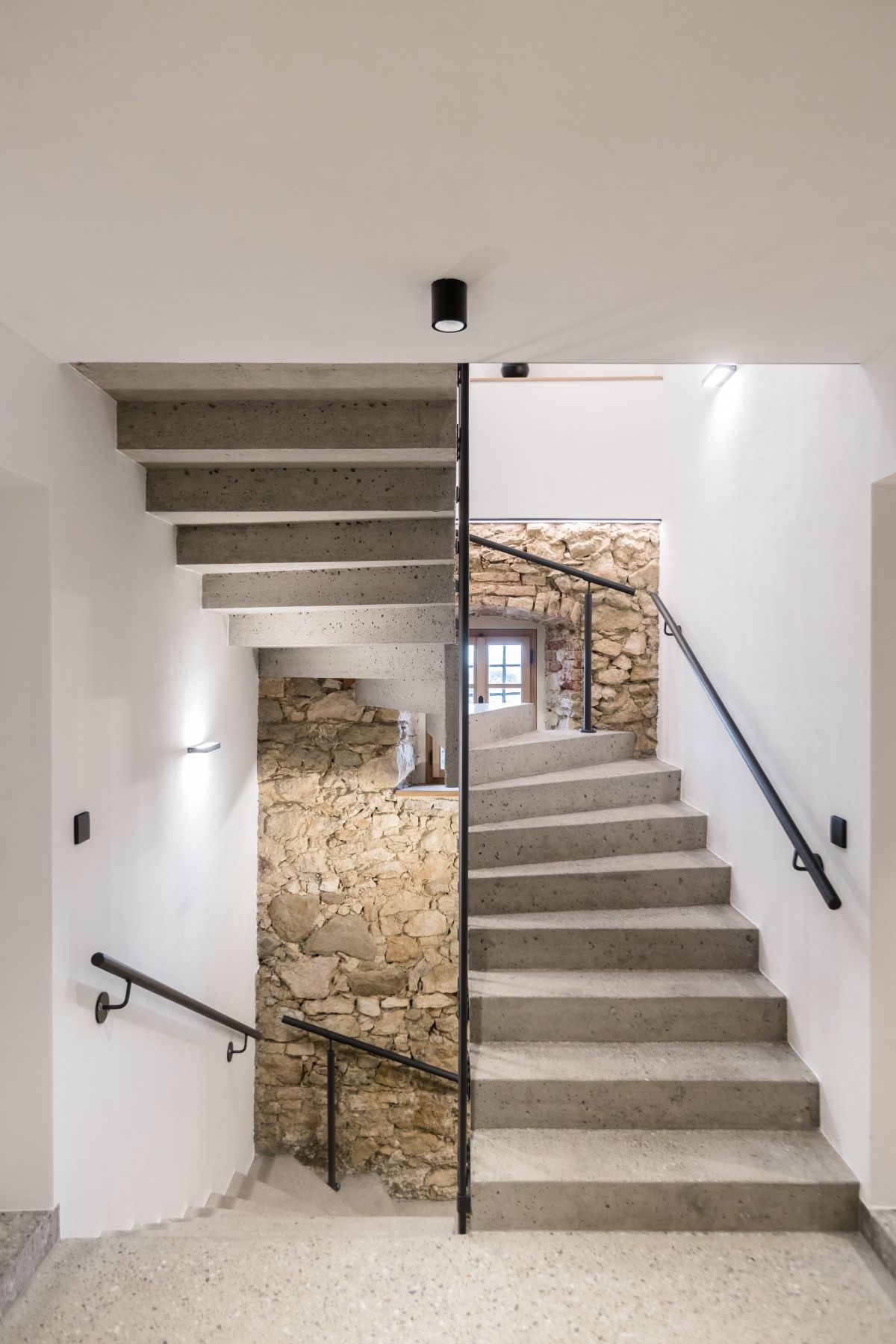
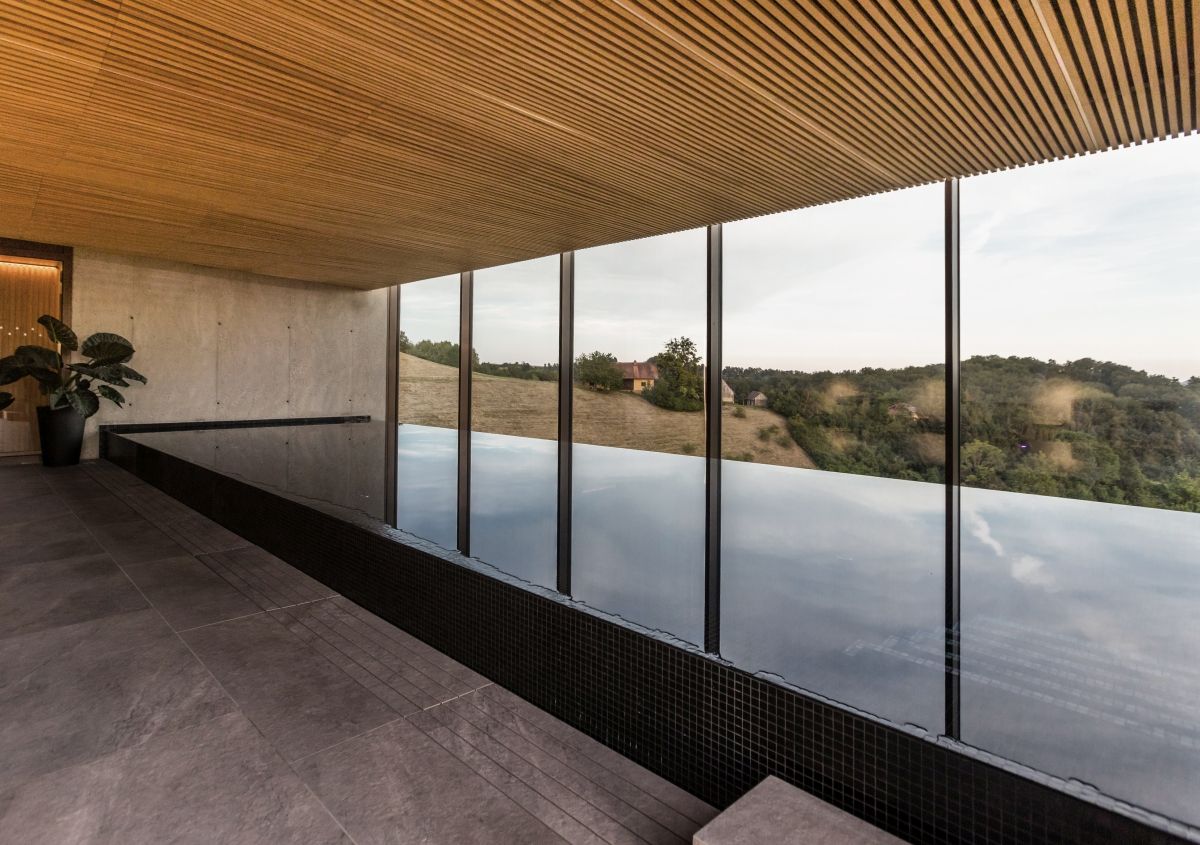
In the renovation of the existing building, the architects collaborated closely with the restorers to use the original materials and color palette, while in the new unit natural materials were combined with modern design. The swimming pool’s austere modernist lines are softened by a hyperbolic false ceiling made of wooden slats, which echoes the geometry of the wine cellar’s vault.
These creative solutions illustrate how a building with such a sensitive and rich past can, through conscious reconstruction, be perfectly suited not only to the 17th-century but also to the 21st-century adventurer in search of a hideaway.
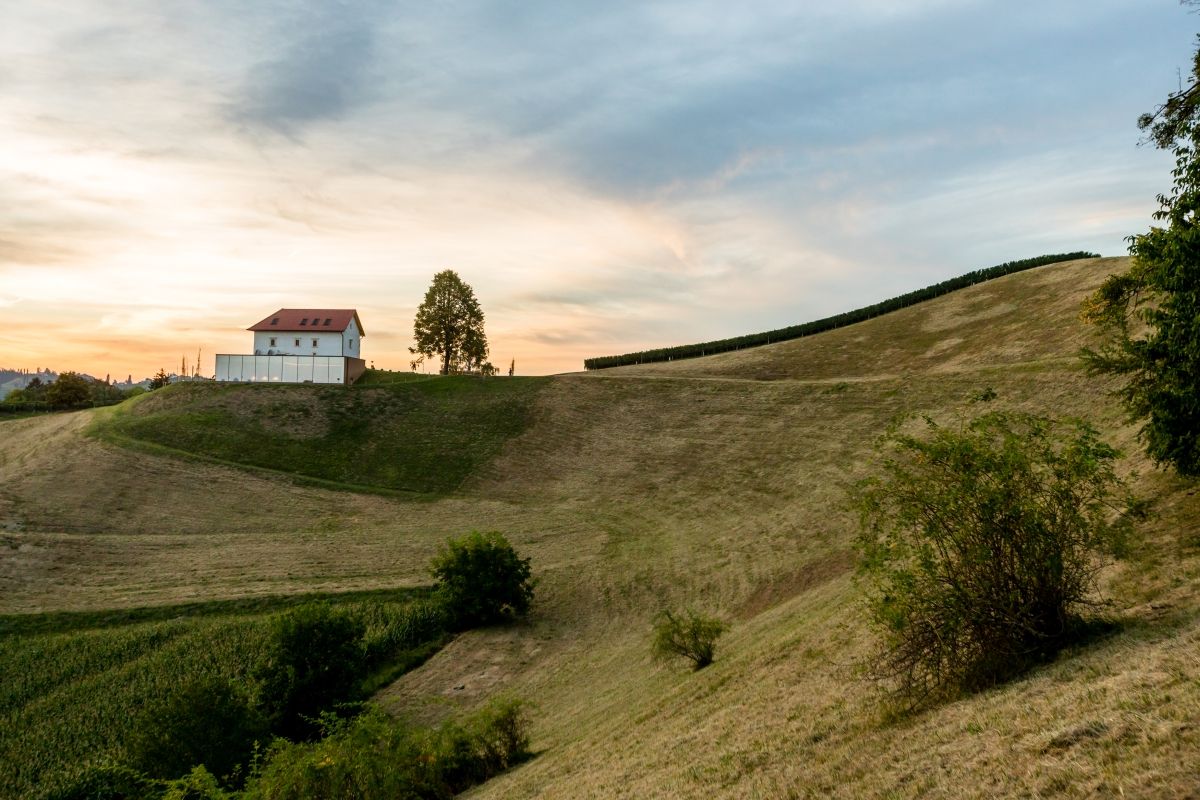
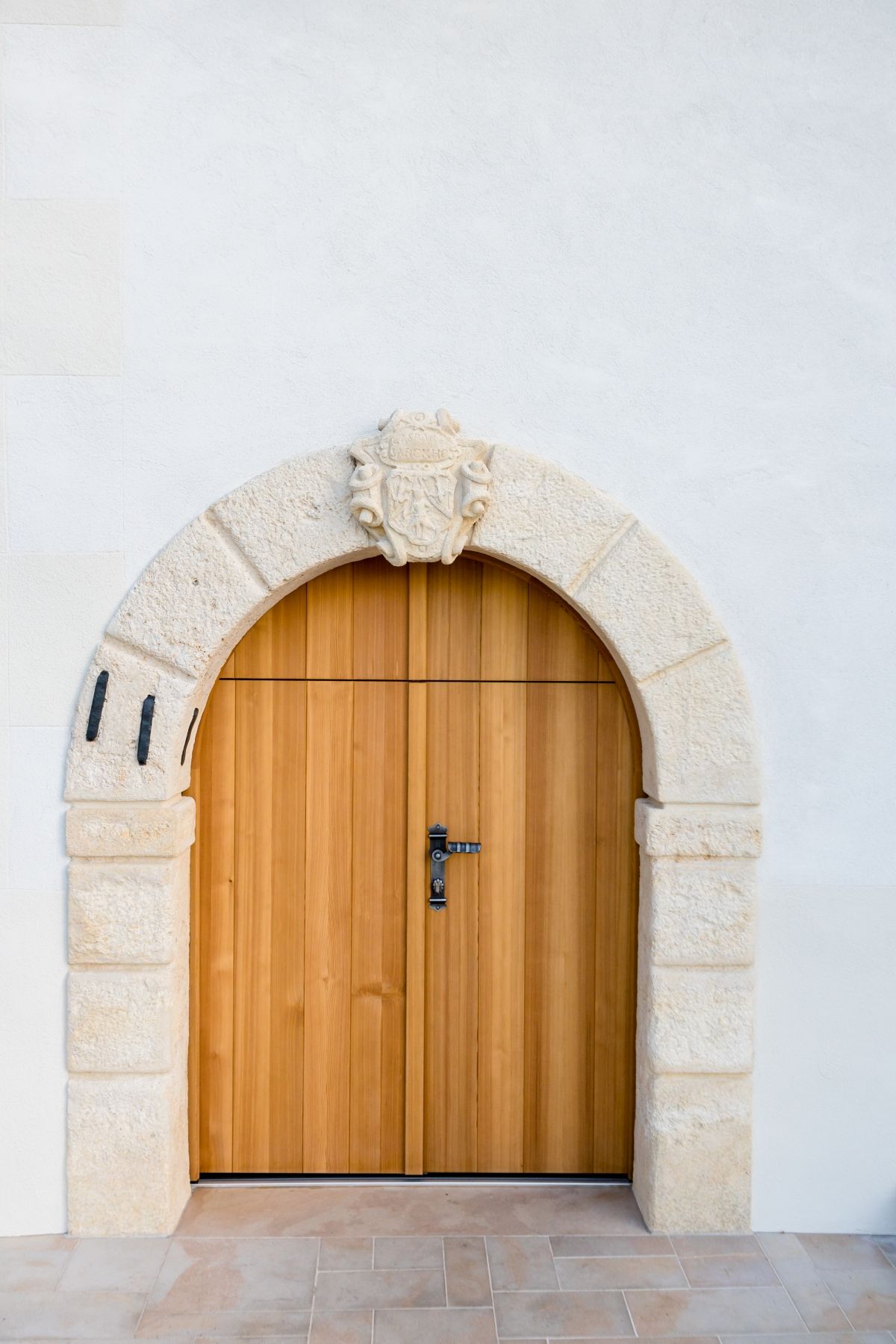

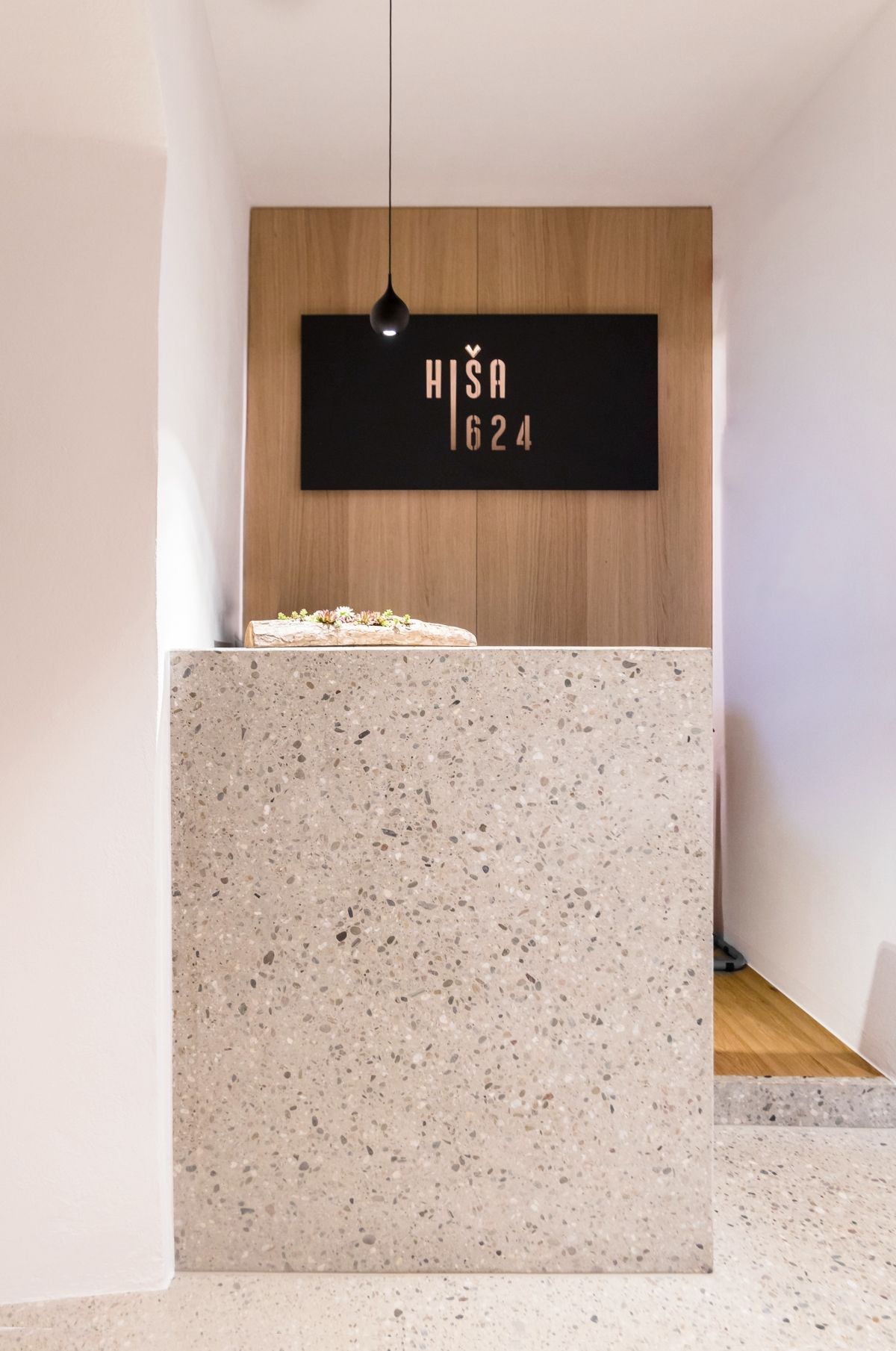
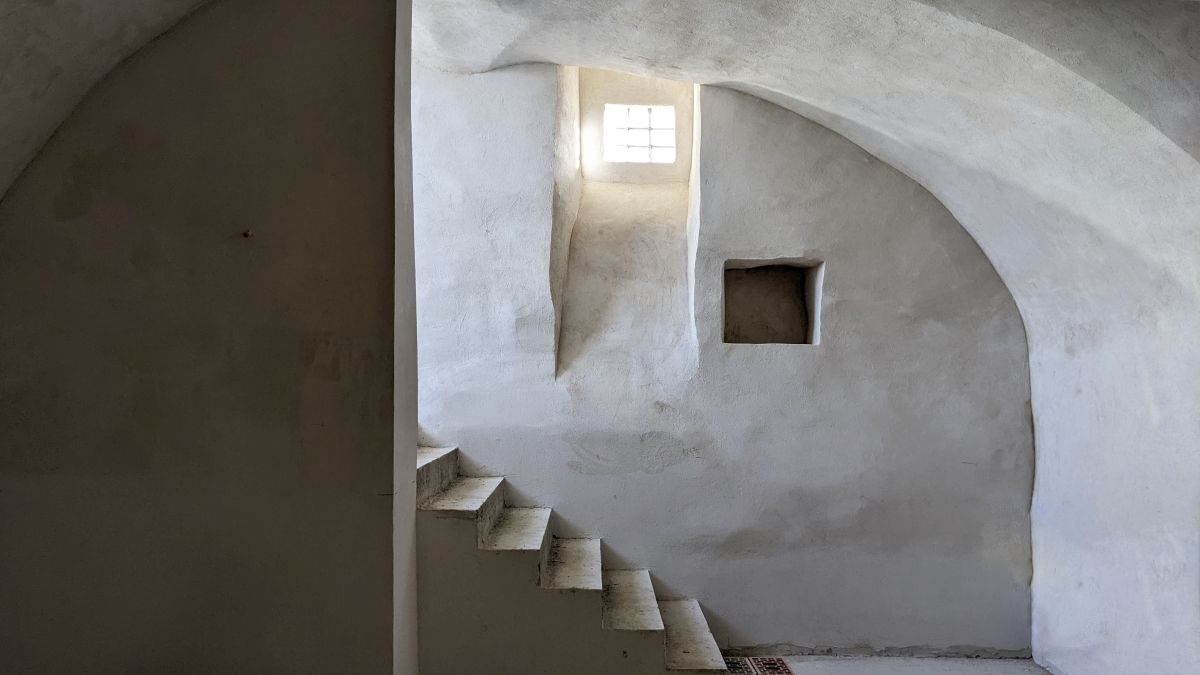
Coinhab arhitekti | Web | Facebook | Instagram
Photos: Tadej Bernik
Source: Outsider

Marina Abramović presents new exhibition in Vienna
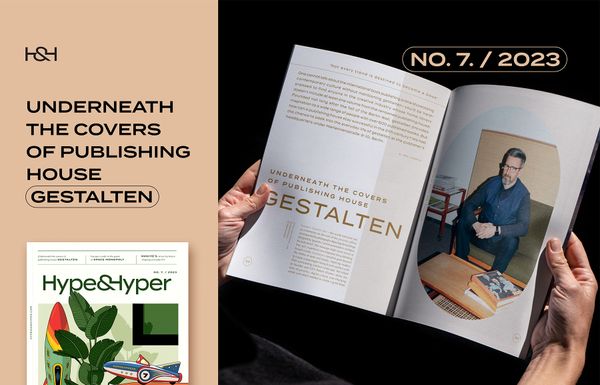
‘Not every trend is destined to become a book’ | Underneath the covers of publishing house gestalten










